When bringing home a new puppy, one of the first accessories you probably think about getting is a dog leash. Without one, training the little rascal and keeping it under control during walks can be a hassle. But which one should you get?
There are different types of dog leashes and each is designed for a specific purpose, be it walks, light or heavy training, or simple control—and many are multipurpose. To help you make the right decision, this article gives a detailed look into the most common dog leash types available on the market.
8 Types of Dog Leashes
Standard Dog Leashes
The most common type of dog leash is the standard one. Used for walking and basic training, this type of dog leash is an easy go-to. It features a single-length material with a looped handle on one end and a metal clip or clasp on the other, which would attach to the dog’s collar or harness. Standard leashes typically measure between four and eight feet in length.
Pros:
- Easy to use
- Ideal for various activities, like walking, running, and basic training
Cons:
- Fixed length limits your dog’s freedom
- Might not withstand large and strong dogs’ pulling if made from weaker materials
Retractable Dog Leashes
Another one of the dog leash types you’ll see often is the retractable dog leash. This type of leash allows you to adjust the length, giving your four-legged friend a lot of room to explore—while still maintaining control. It features a long cord or tape housed in a plastic handle with a locking mechanism and retracts automatically as your dog moves. Retractable leashes usually extend from 16 to 26 feet and are available in a thin chord or a wider tape.
Pros:
- Allows Fido to roam freely while giving you control over the adjustability
- Ergonomic handle and adjustability make walks more comfortable
Cons:
- The mechanism of retractable dog leashes may malfunction over time
- The extra length can result in entanglement
Martingale Leash (Slip Leash)
A combination of a standard leash and a martingale collar, the martingale leash is considered the perfect tool for training your furry friend. Its loop design allows the collar to tighten without choking Fido, providing a gentle correction. The martingale leash is also a great choice for dogs with narrower heads, like greyhounds, who can easily slip out of traditional collars (hence the name “slip leash”).
Pros:
- Suitable for everyday walks, training, and dogs of various sizes and breeds
- Distributes pressure evenly around the neck, making it comfy for Fido
Cons:
- Limits the dog's freedom
- Takes time to get used to its tightening mechanism
Adjustable Dog Leash
If you’re looking for something versatile leash, an adjustable dog leash can be the go-to option. These come with multiple clips, rings, or sliders, so you can change the leash as needed. The length usually varies from three to six feet and sometimes more, making it ideal for walking, training, and sometimes even tethering.
Pros:
- Cost-effective and versatile
- Adjustable length makes it great for training
Cons:
- Multiple rings and clips might seem complicated at first
- Heavier than regular types of dog leashes
- Can get tangled due to moving parts
Chain Leash
Strong and determined dogs can cause major damage to regular leashes. That is where a chain leash comes in handy, serving as a solution for our canine companions who like to nibble and chew. Made of durable metal links, this leash will resist your dog’s teeth. It also comes in different weights to suit different types of dogs. And with a comfortable leather or nylon handle, you don’t have to worry about scraping your hand on the metal.
Pros:
- Most durable out of all the different types of dog leashes
- Less likely to tangle compared to leashes made of fabric
Cons:
- May harm your dog’s teeth if it keeps on chewing
- Rigidity of the chain leash makes it less flexible than other leashes
Hand-Free Leash
Active dog owners who love to move as much as their dog usually go for a hand-free dog leash. Unlike other types of dog leashes, the hand-free dog leash does not come with a handle. Instead, it has a belt that wraps around your waist, allowing you to walk or jog without having to hold anything in your hands. The other end of the leash connects to your furry friend’s collar or harness. Hand-free leashes typically feature an elastic section to prevent the shock of a sudden pull from Fido.
Pros:
- Give you the chance to hold other items instead of the leash handle
- Take the strain off your hands and shoulders
Cons:
- Increased chance of tripping, especially if your dog constantly jumps in front of you
- No immediate control over your dog
- Learning curve if your dog is not used to walking beside you
Double Dog Leash (Dual Dog Leash)
If you have more than one dog, you’re probably familiar with double dog leashes. These leashes are designed specifically for those who have two pooches. They typically include a single handle with two separate leashes or a Y-shaped splitter that connects to each dog’s collar or harness. Thanks to their unique design, you walk two dogs with one hand while not having to worry about the leashes getting tangled. And with durable materials, dual dog leashes can handle the strength of two dogs.
Pros:
- Convenient, allowing you to walk two dogs with one hand
- Eliminates the need to buy multiple leashes
Cons:
- Not ideal for untrained dogs, since it would be difficult to control both
- Doesn’t give dogs enough freedom to explore in the direction they want
- May cause some imbalance, especially if one dog is much stronger than the other.
Training Leash
A training dog leash, also known as a training lead or long line, is made to help in dog training exercises—particularly for obedience, loose-leash walking, and teaching commands like recall. It is typically much longer than a standard leash, ranging from 10 to 50 feet. This allows for greater control and flexibility during training sessions.
Both novice and professional dog trainers swear by training leashes because they help reinforce good behavior in a controlled manner. With training leashes, you can teach your furry friends how to obey commands from a distance.
Pros:
- Safe to train in open spaces, especially for untrained dogs
- Ideal for gradually going off-leash, allowing the dog to practice being farther from the handler while still attached to a leash
Cons:
- Not practical in crowded environments, because they can tangle and get stuck
- If your dog is a strong puller, loss of control can risk injuring you
Choosing the Right Leash for Your Dog
Factors to Consider
When you’re out trying to choose the right type of dog leash for Fido, there are a lot of factors to consider. These factors have to do with both you and your dog.
- Consider your dog’s size and strength. Look for a more durable leash if your dog is powerful enough to destroy it.
- Think about the purpose of the leash. Training leashes, for example, have to be longer than walking ones.
- Find a leash with a comfortable handle, especially if your dog pulls a lot.
- Safety is always a priority. Keep an eye out for safety features, such as reflective strips to improve your and your dog’s safety.
Tips for Safe Leash Use
Now that you bought the type of dog leash suitable for Fido, there are a few tips to use it safely and ultimately master dog leash training.
- Remember to always keep the leash securely attached to your dog's collar or harness to prevent escape.
- Maintain a firm but relaxed grip on the leash to avoid sudden jerks that could hurt both you and your dog.
- When you’re out and about, use a leash length that suits your environment—go for short leashes in busy areas and longer ones for open spaces like parks.
- Always be careful of potential hazards such as traffic, obstacles, and other dogs, and keep an eye on your dog to prevent tangling or sudden lunges.
- Don’t forget to inspect your leash for signs of wear and tear on a regular basis, and replace it if it shows any damage to make sure it is always safe and reliable.
Conclusion
When choosing a dog leash, many owners overlook its importance and reach for the first one they see at the pet store. But after seeing the utter and inevitable chaos outside from the perspective of a dog parent, the value of buying the right leash becomes clear.
To avoid all that, it helps to understand dog leash types when you go shopping for one. Why do you need the leash? What type of dog do you have? Where will your dog be wearing that leash? With all that in mind and a clear idea of all the different types of dog leashes on the market, you are sure to make the right decision.
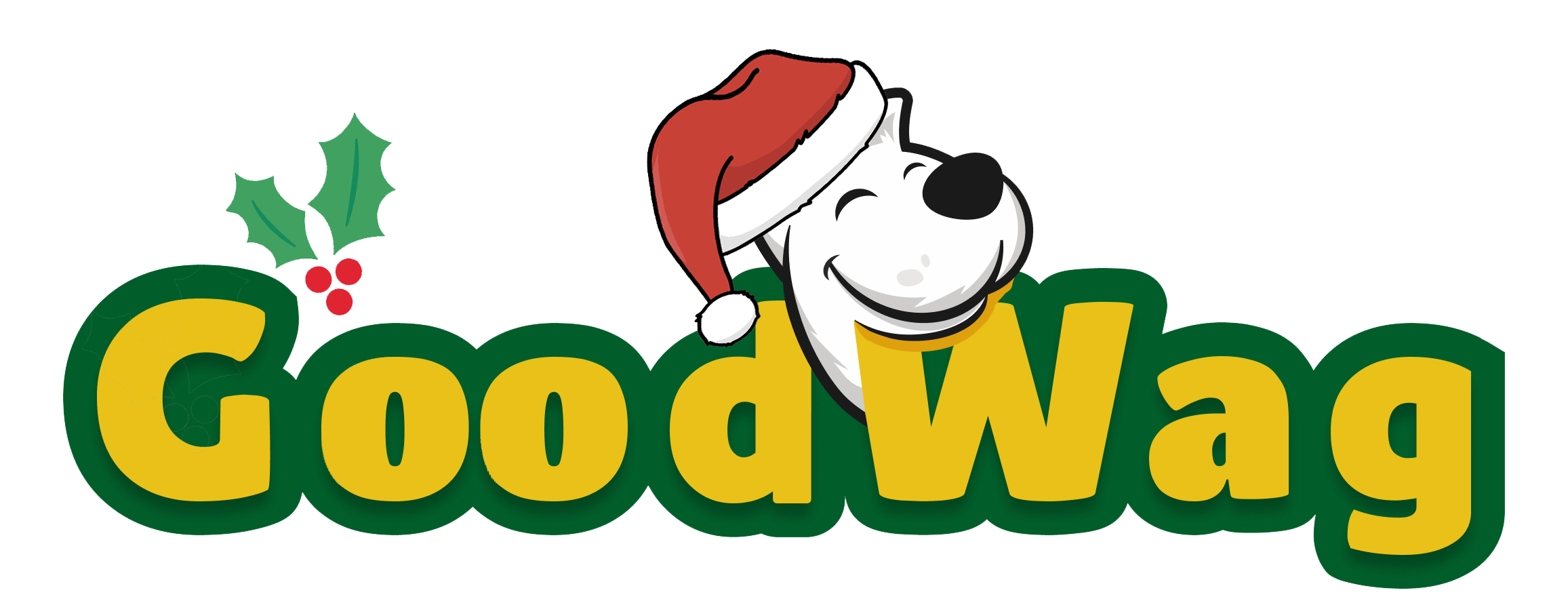
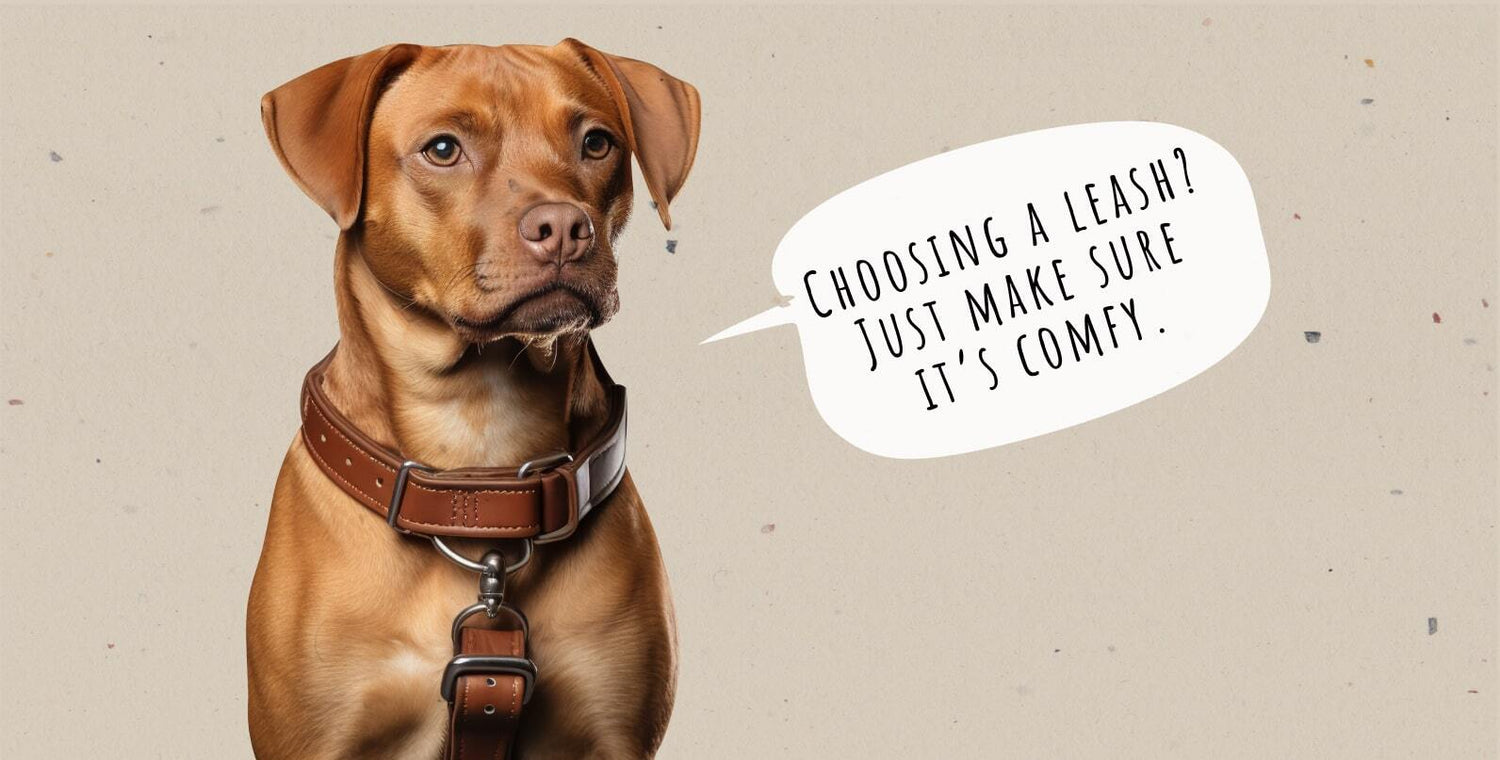


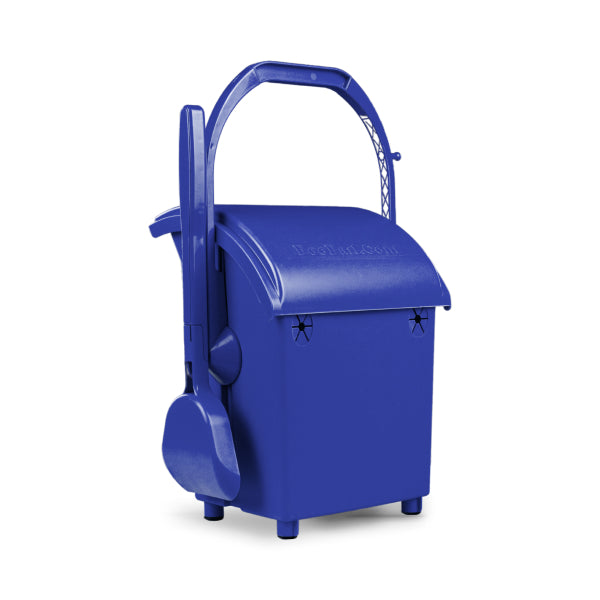

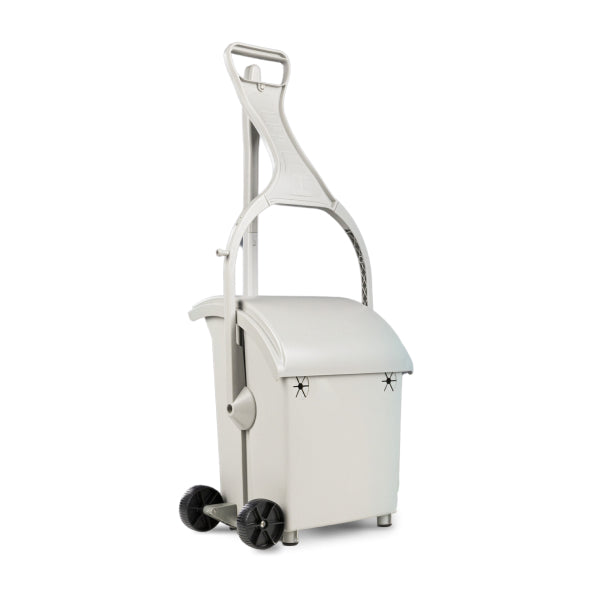

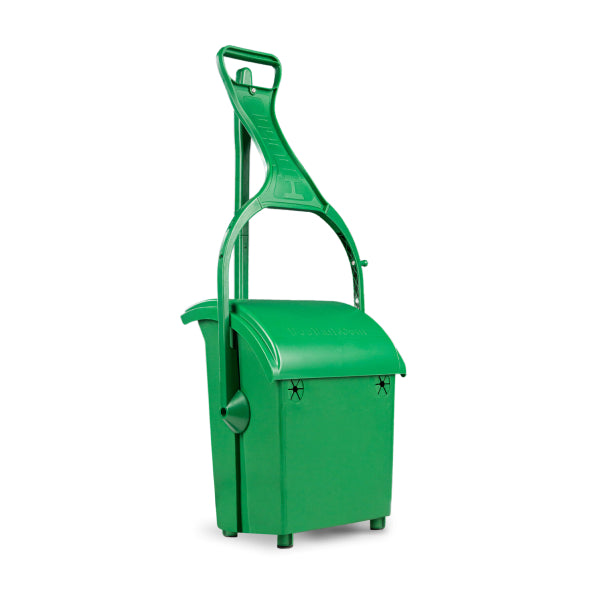

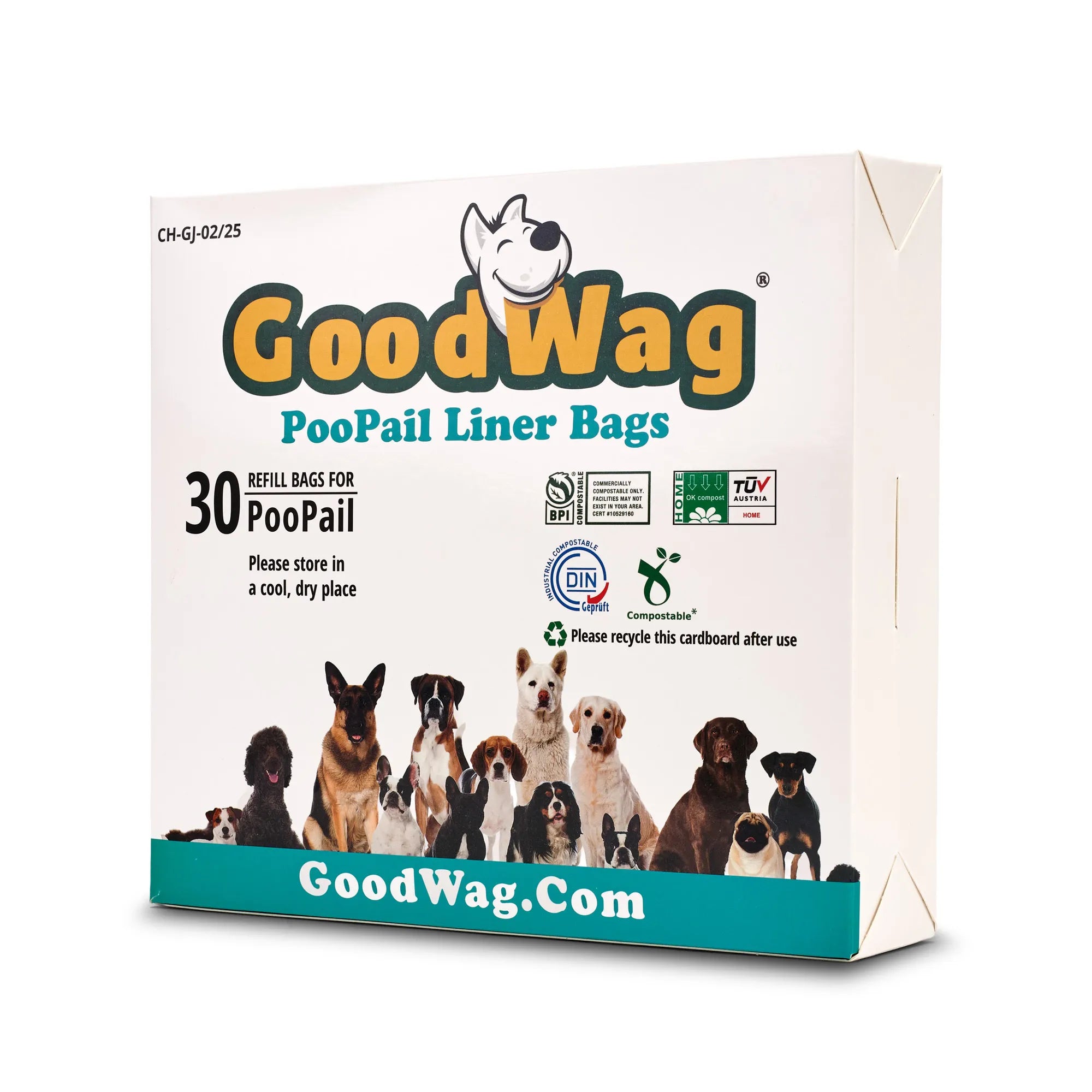

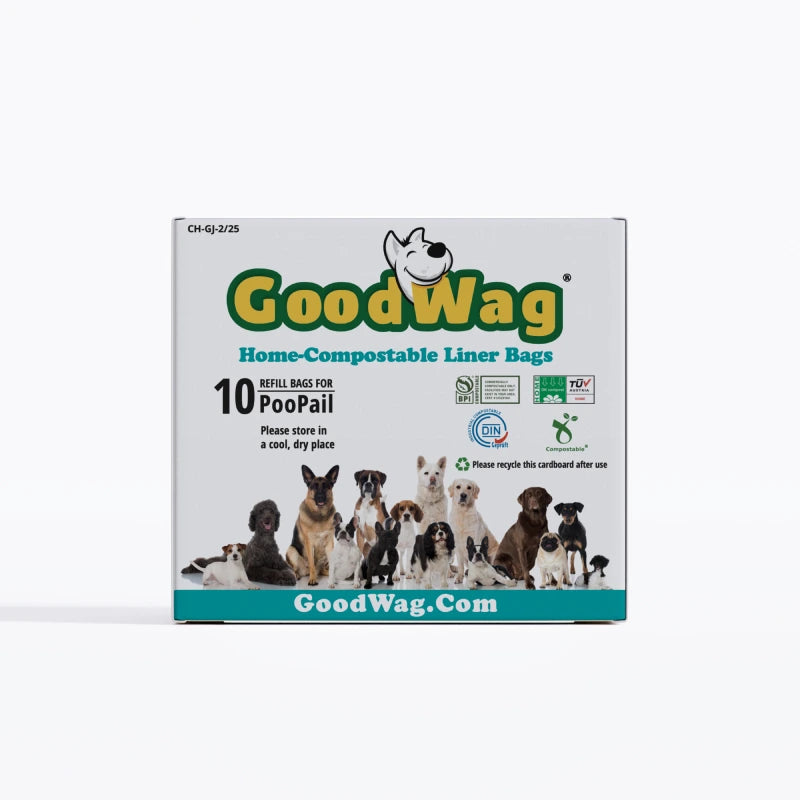

Leave a comment
This site is protected by hCaptcha and the hCaptcha Privacy Policy and Terms of Service apply.